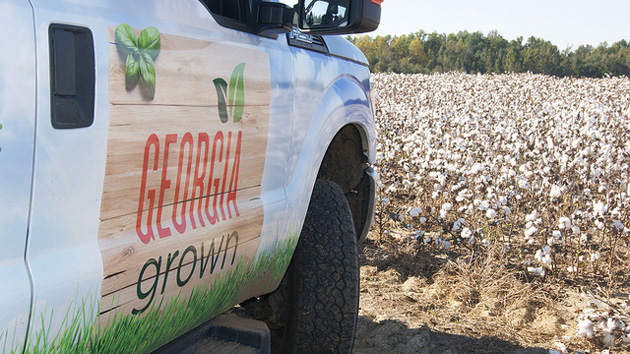Schools Turning Eco-Friendly
LITHONIA, Ga. (AP) - Nestled in the lush trees of suburban Atlanta's Davidson-Arabia Mountain Nature Preserve sits the foundation of a school that is being built with partly recycled materials. When it's finished, Arabia Mountain
There’s a Place That’s Nearly Perfect for Growing Food. It’s Not California.
California is by far the dominant US produce-growing state—source of (large PDF) 81 percent of US-grown carrots, 95 percent of broccoli, 86 percent of cauliflower, 74 percent of raspberries, 91 percent of strawberries, etc.
But all three of its main veggie growing regions—the Imperial Valley, the Central Valley, and the Salinas Valley—face serious short- and long-term water challenges. As I recently argued in a New York Times debate, it's time to "de-Californify" the nation's supply of fruits and vegetable supply, to make it more diversified, resilient, and ready for a changing climate.
There’s a Place That’s Nearly Perfect for Growing Food. It’s Not California.
California is by far the dominant US produce-growing state—source of (large PDF) 81 percent of US-grown carrots, 95 percent of broccoli, 86 percent of cauliflower, 74 percent of raspberries, 91 percent of strawberries, etc.
But all three of its main veggie growing regions—the Imperial Valley, the Central Valley, and the Salinas Valley—face serious short- and long-term water challenges. As I recently argued in a New York Times debate, it's time to "de-Californify" the nation's supply of fruits and vegetable supply, to make it more diversified, resilient, and ready for a changing climate.
Six-Term Congresswoman Cynthia McKinney Announces Green Party Presidential Campaign
Cynthia McKinney, a former six-term Congresswoman and an outspoken opponent of the war in Iraq, today officially launched her campaign as a Green Party candidate for President. In a video news release, McKinney says "the


